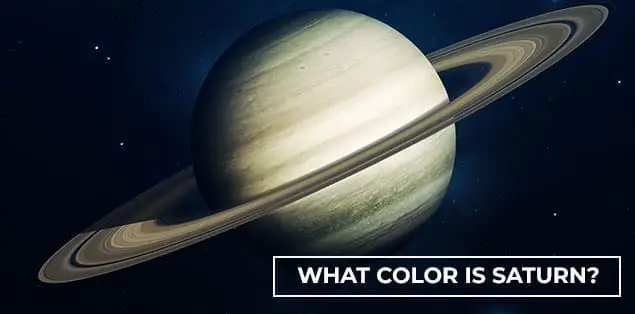So, what color is Saturn? Saturn is the second largest planet in the solar system considering both size and mass, and it is the sixth nearest planet to the Sun in respect of its distance from the star. In terms of mass, Saturn is the second largest planet in the solar system, and its size is the second largest. The Roman deity of agriculture gave his name to Saturn, thus the name of the planet.
Saturn is a bright, steady point of light that we can see in the night sky without using any astronomical instruments.
Learn all there is to know about Saturn by reading this article!
What Color Is Saturn?
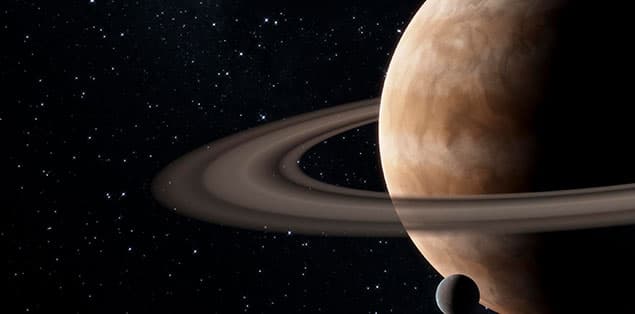
Saturn has a yellow-brown color.
Saturn appears to the unassisted eye as a reasonably bright star that is white with a pale yellow-orange hue seen when seen from Earth.
What Gives Saturn its Color?
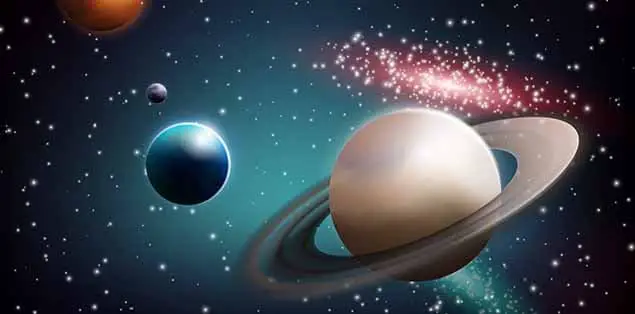
In addition to Jupiter, Saturn is a giant gas planet with an outer atmosphere composed mostly of hydrogen and helium. Its yellowish-brown appearance comes from the minute amounts of ammonia, phosphine, water vapor, and hydrocarbons present in its environment.
Like Jupiter, Saturn is nearly completely composed of hydrogen, with just a minute quantity of helium and traces of a variety of other substances, such as ammonia, water vapor, and hydrocarbons.
The hues we see originate only from Saturn’s highest cloud layers, which comprise ammonia crystals. The clouds at lower levels are either ammonium hydrosulfide or water.
Saturn’s atmosphere features a banded structure, similar to Jupiter’s. However, the bands on Saturn are considerably less prominent and spread out further around the planet’s equator. It also has storms that last for a long time, although they are nothing like Jupiter’s Great Red Spot. These storms often occur when the planet gets closer to the summer solstice in the northern hemisphere.
Cassini, a spacecraft operated by NASA, took several photos of Saturn that give the planet a bluish appearance, similar to that of Uranus. However, this is most likely merely due to how the light disperses.
What Color Are Saturn’s Rings?
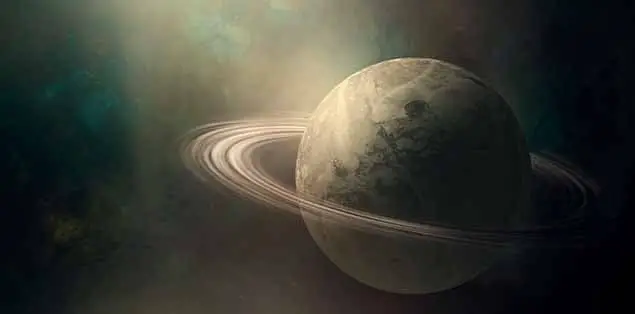
A recently published photograph of Saturn’s ring system resembled a painting where the image had shimmering pink colors of grey and a tint of brown. The Cassini spacecraft acquired the amazing natural color shot only a few days before it entered orbit around Saturn.
Do Saturn’s Rings Change Color?
Researchers believe that Saturn’s seasons are responsible for the shift in hue. Specifically, the shift from a blue tint to a more golden hue may result from an enhanced formation of photochemical hazes in the atmosphere as the summer solstice draws closer to the north pole.
What Color Is Saturn in the Night Sky?
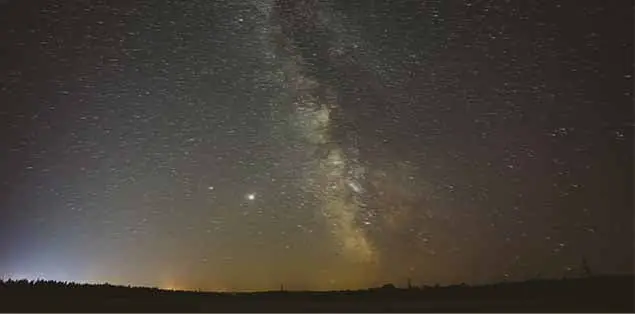
Saturn in the Night Sky is Golden.
What Would Saturn’s Sky Look Like?
Even the Sun would seem to be nothing more than a lighter spot in the haze, barely lighting the surface of ice and methane lakes. Therefore, we could see it through the orange mist surrounding Saturn. This scenario appears quite possible. However, further up in the atmosphere, the sky’s hue would change to blue, and Saturn would be visible.
What Color Are Saturn’s Moons?
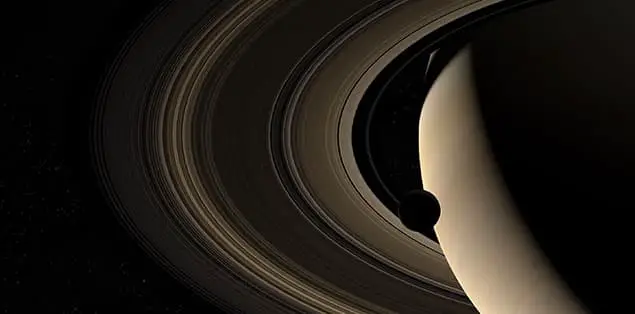
Tethys and Rhea have a hue and brightness that are quite similar, with both having a somewhat crimson or orange undertone. But Dione is a considerably darker grey and has a darker stain.
Is There Sunlight on Saturn?
Saturn is unique among the planets in the solar system in that it not only reflects sunlight more effectively than the majority of the terrestrial planets, but it also emits its light. There aren’t many stars that can compete with its brilliance when it is at its brightest, with its ring system open and visible to everyone.
Can You See Saturn With the Naked Eye?
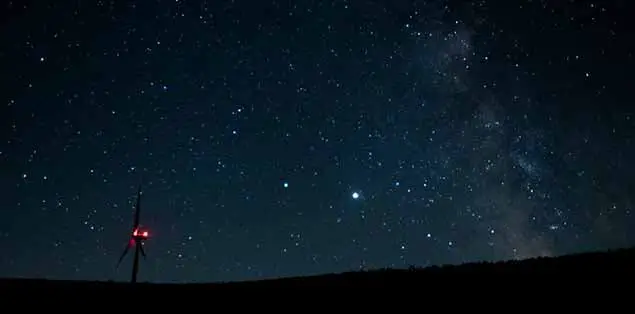
Saturn appears as a brilliant dot in the sky to the southeast, and we may see it with the naked eye. It is possible to view it throughout the night, but it will be at its highest point in the sky at midnight. In the sky throughout August, Jupiter may also be seen moving in the same southeastern direction. Then, beginning in August, it will reach opposition at its closest approach to Earth.
What is Saturn’s Appearance?
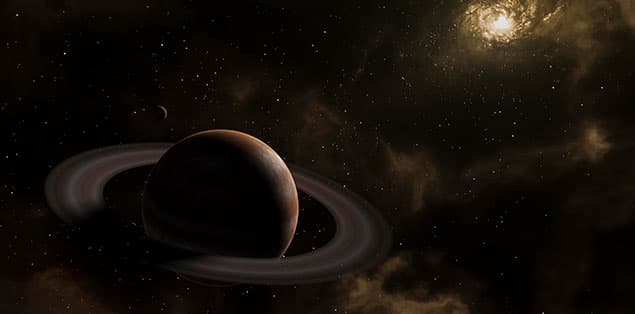
When seen from our planet, The planet Saturn has a hazy yellow-brown appearance. The surface of Saturn, as viewed via telescopes and in photographs captured by satellites, is a complex arrangement of cloud layers ornamented with many small-scale features that change over a very short period. These features include red, brown, and white spots, bands, eddies, and vortices.
Final Words
This article was all about planet Saturn. We hope you got the answer to your query in this article!
